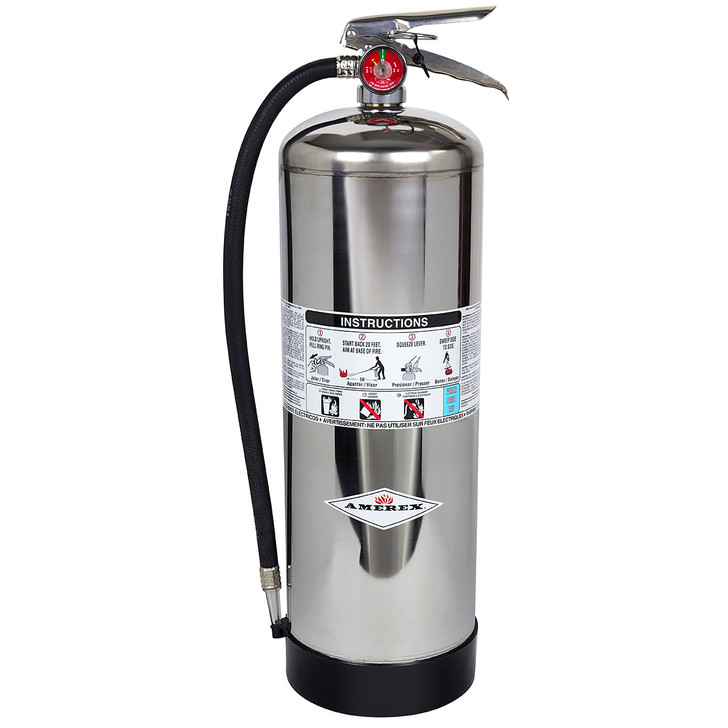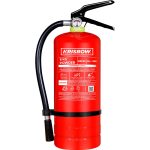When to Recharge Your Fire Exhaustedasher
Signs of Discharge or Usage
Recognizing when a fire extinguisher needs a recharge is crucial for safety. Look for signs such as:
- A missing or broken safety seal.
- The presence of discharge residue.
- The handle or lever is unlocked or depressed.
If you notice any of these signs, it likely means the extinguisher has been used, even if only slightly. Do not overlook these details, as even minimal use can compromise the extinguisher’s effectiveness.
Checking the Pressure Gauge
Another key step is to regularly check the fire extinguisher’s pressure gauge. An optimal pressure gauge should point to the green zone. If the needle is in the red area, this means:
- The pressure is too low or too high.
- The extinguisher may not function properly when needed.
In such cases, a professional recharge is necessary to ensure the extinguisher is ready for use.
Post-Hydrostatic Pressure Test Refill
After a hydrostatic pressure test, a necessary step every 5 years or after any use, a refill is mandatory. This test checks the integrity of the extinguisher’s cylinder and is crucial for ensuring it can hold pressure. When an extinguisher undergoes this test:
- It gets completely emptied.
- It must be refilled before it’s ready for use again.
Always consult a fire safety professional to handle recharging after a hydrostatic pressure test.
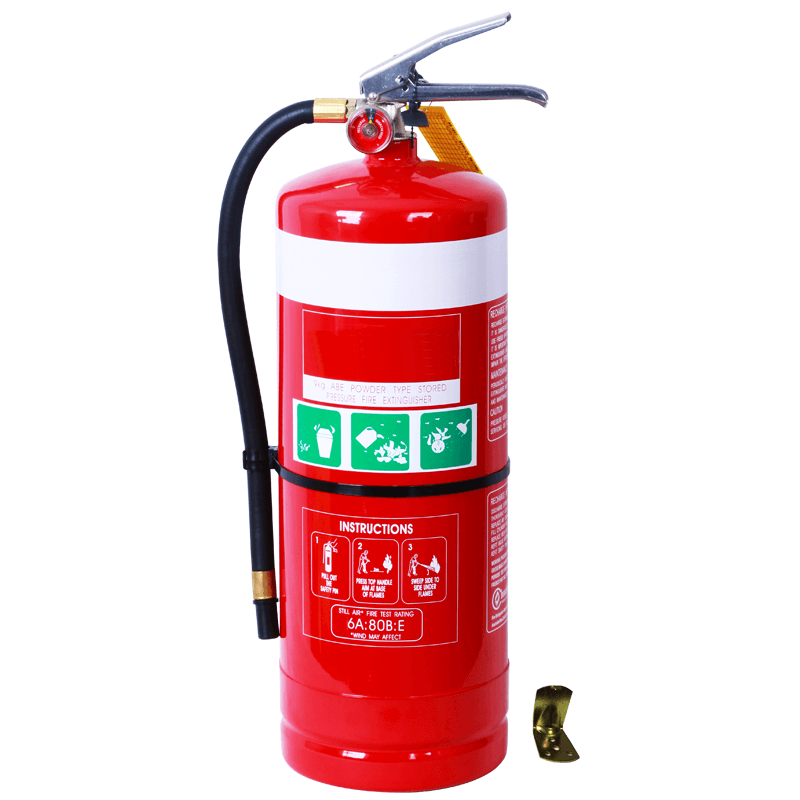
Types of Fire Extinguishers and Rechargeability
When it comes to fire safety, understanding the different types of fire extinguishers and their rechargeability is essential. Each type serves a unique purpose and requires specific maintenance.
Common Portable Extinguisher Types
Common portable fire extinguishers come in various forms to combat different classes of fires. These include water, foam, dry chemical, wet chemical, and carbon dioxide extinguishers. Each one has specific recharge requirements after use or after a period as recommended by safety standards. Typically, water and foam extinguishers can be refilled with their respective extinguishing agents. Dry and wet chemical extinguishers may require new chemicals to recharge. Carbon dioxide extinguishers often get recharged with liquid CO2 under high pressure.
Special Application Extinguishers
Special application extinguishers, designed for use in environments like aircraft or medical facilities, also require recharging. These extinguishers often have unique components and recharge procedures to meet stringent safety regulations. After discharge, they must be serviced, refilled, and tested by certified professionals to ensure they are fit for their specialized purposes.
Knowledge of your fire extinguisher type aids in determining the right steps for a fire extinguisher recharge. Always engage professionals to assess and perform recharges to maintain safety and compliance.
The Feasibility of Recharging Fire Extinguishers
Considering a fire extinguisher recharge is not just about whether it’s possible, but also if it’s practical. Let’s delve into the factors that influence this decision.
Assessing Financial Viability
In assessing the cost-effectiveness of recharging fire extinguishers, several aspects matter. Here are key points to ponder:
- Extinguisher Capacity: Smaller extinguishers, often under 4.5kg, may not be financially worth recharging due to high labor costs.
- Maintenance and Warranty: The expense of regular maintenance and warranty must also factor into the overall cost.
- Extinguisher Condition: If the fire extinguisher shows signs of damage or wear, it might be more sensible to replace it.
Before opting for a recharge, weigh these financial implications against the cost of a new fire extinguisher.
Environmental Considerations
The impact of fire extinguisher maintenance on the environment is also crucial. Here’s what to consider:
- Recycling: Refilling allows recycling of the extinguisher’s components, minimizing waste.
- Harmful Agents: Some extinguishing agents may have environmental concerns; refilling prevents their unnecessary release.
- Energy Use: Manufacturing new extinguishers requires more energy compared to recharging existing ones.
Choosing to recharge, when viable, can support environmental sustainability and reduce the carbon footprint.
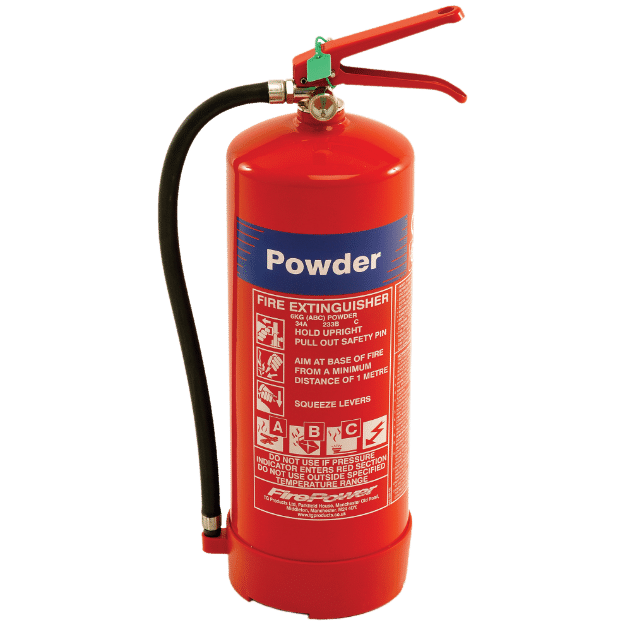
The Process of Exchanging and Recharging
Navigating the process of exchanging and recharging a fire extinguisher is straightforward but must be precise to ensure safety. The steps typically include an initial inspection, maintenance checks, and, if needed, a complete refresh of the extinguishing agent. Here’s a closer look at each stage.
Inspection and Maintenance Workflow
Initiating the recharge process begins with a thorough examination. Technicians inspect the fire extinguisher for:
- Visible damage or wear.
- Signs of previous usage or discharge.
- The integrity of the safety seal.
Following the visual check, the fire extinguisher’s maintenance history is reviewed. This ensures regular servicing is up to date. If the extinguisher passes these inspections, it is eligible for recharging. At this point, components such as gaskets may be replaced, and the recharge with the appropriate agent is performed by professionals.
Hydrostatic Pressure Testing
Fire extinguishers undergo hydrostatic pressure tests every five years, or after certain conditions, to guarantee the cylinder can withstand pressure. During this crucial test, the extinguisher is:
- Emptied of its content.
- Checked for leaks and structural flaws under pressure.
If an extinguisher passes this test, it is refilled in adherence to safety standards. Hydrostatic pressure testing is a non-negotiable step in a fire extinguisher’s lifecycle to prevent failures during emergencies. Recharging follows only after a successful test, ensuring the extinguisher is reliable once again.
Replacement vs. Recharge
Deciding between a fire extinguisher recharge and replacement hinges on specific factors. Understand when each option is more appropriate for your safety needs.
When to Replace Your Fire Extinguisher
Replacing a fire extinguisher is necessary when:
- It has extensive damage or corrosion.
- It fails to pass a hydrostatic pressure test.
- Parts are no longer available or serviceable.
- The extinguisher is obsolete or the technology has advanced.
- It is more cost-effective than recharging, given its size or condition.
It’s crucial to factor in safety, cost, and the integrity of the fire extinguisher when deciding to replace it.
Matching Type and Performance Rating
When replacing a fire extinguisher, ensure to:
- Choose the correct type for the potential fire hazard.
- Match or exceed the original extinguisher’s performance rating.
- Verify compatibility with the existing mounting and space.
- Obtain an extinguisher with up-to-date certification and warranty.
Selecting the right fire extinguisher replacement safeguards against fire risks and compliance with safety standards.
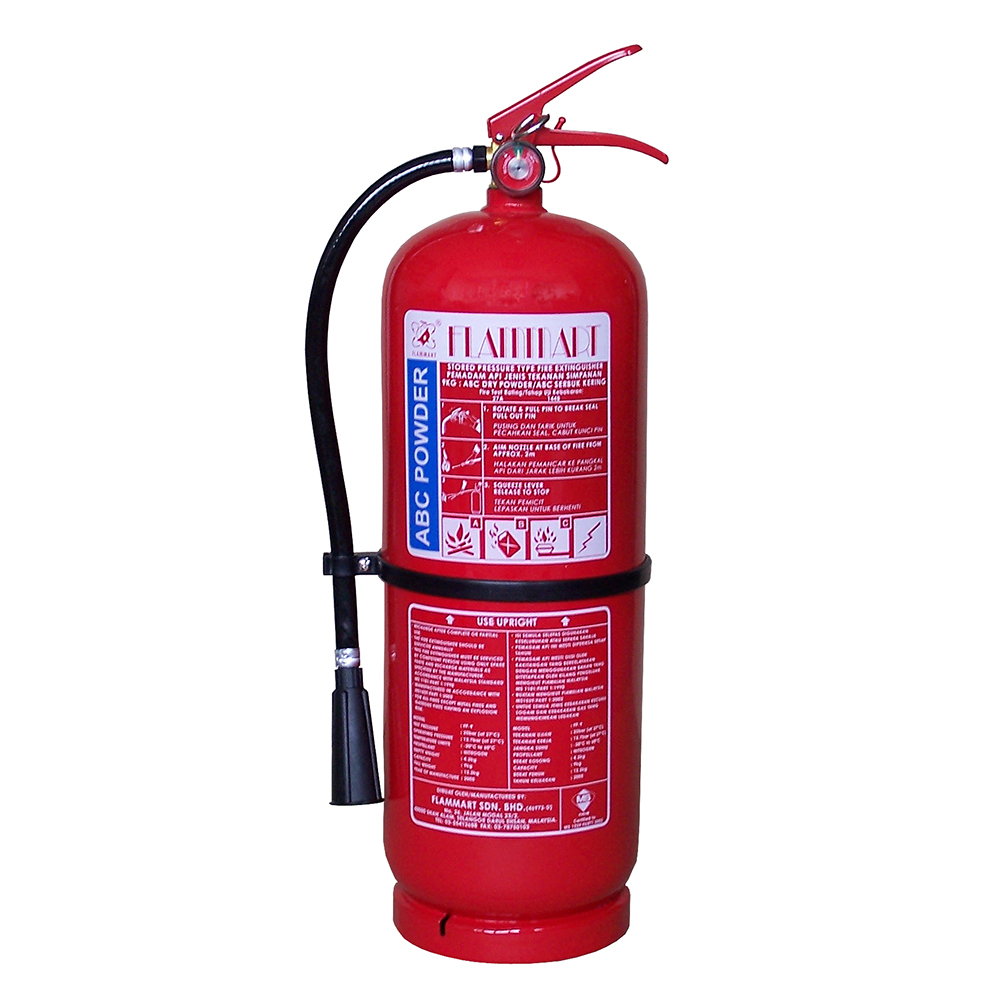
Recycling and Disposal of Old Fire Extinguishers
When it’s time for a fire extinguisher to retire, recycling and proper disposal become key. Let’s explore recycling practices and disposal methods for out-of-service fire extinguishers.
Component Breakdown and Recyclability
Old fire extinguishers consist of valuable parts that can often be recycled. Here’s the breakdown:
- Pressure Vessel: Crafted from metal suitable for recycling.
- Pressure Gauge: Contains parts that are recyclable.
- Valve Assembly and Handles: Made up of metals that can be repurposed.
- Hose and Nozzle: These parts can also have a second life through recycling.
- Extinguishing Agent: Chemicals are handled and disposed of according to safety guidelines.
Recycling these components helps in reducing environmental waste. It also conserves the raw materials and energy used in producing new fire extinguishers.
Proper Disposal Procedures
Even with recyclable components, fire extinguishers require special disposal procedures. Follow these steps for a safe and eco-friendly approach:
- Consult Professionals: Contact local waste management for guidance.
- Empty the Extinguisher: Ensure it is completely discharged before disposal.
- Separate Parts: Disassemble the extinguisher for recycling where possible.
Recall that hazardous materials must be handled with care. Never dispose of fire extinguisher recharge agents indiscriminately. Proper procedures safeguard the environment and comply with local regulations.
Fire Extinguisher Maintenance and Care
Proper maintenance and care of your fire extinguisher are key to ensuring its reliability when you need it most. By following a consistent maintenance schedule, you can extend the lifespan of your extinguisher and guarantee its performance during an emergency.
Regular Maintenance Importance
Regular maintenance of a fire extinguisher is more than a safety recommendation—it’s a necessity. Maintaining your fire extinguisher involves:
- Checking the pressure gauge monthly to make sure it’s in the correct range.
- Inspecting for any signs of physical damage, corrosion, or leakage.
- Ensuring the tamper seal is intact and the pin is in place.
- Confirming the extinguisher is accessible, and the instructions are legible.
- Scheduling annual maintenance by a certified professional.
These steps prevent potential malfunctions and help ensure that the fire extinguisher recharge will work effectively when called into action.
Ensuring Fire Safety Preparedness
To be prepared for a fire emergency, it’s crucial to have a fire extinguisher that is ready and functional. This includes:
- Training yourself and others on how to use the extinguisher correctly.
- Having a clear evacuation plan in case of a fire.
- Keeping the extinguisher in a location where it can be quickly grabbed.
In addition to these steps, make it a habit to look at the fire extinguisher recharge date. Stay informed on when the next recharge or inspection is due. This attention to detail is what truly enables a fast and effective response in the event of a fire.
Remember, a well-maintained fire extinguisher is a vital tool in your fire safety arsenal. Invest time in caring for it, and it will be ready to serve you when the need arises.
